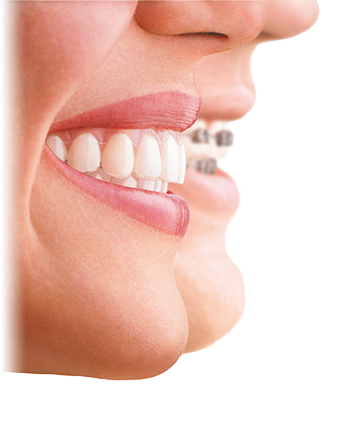 When a tooth, or number of teeth, are missing it can have a serious effect on a person’s self confidence. Dental bridges can be used to fill this gap with a single or set of restorations. This will not only help to improve a person’s self confidence but can also help to prevent the natural teeth from moving position.
When a tooth, or number of teeth, are missing it can have a serious effect on a person’s self confidence. Dental bridges can be used to fill this gap with a single or set of restorations. This will not only help to improve a person’s self confidence but can also help to prevent the natural teeth from moving position.
How many types of bridge are there?
There are three main types of dental bridge and each is attached in a slightly different way. Traditional bridges will consist of three crowns linked together. The outer crowns are then cemented onto the teeth on either side of the gap.
Cantilever Crowns are very similar to a traditional bridge but will consist of only two crowns. This type of bridge only has one crown cemented onto an existing tooth.
Maryland Bridges do not have any crowns and are attached to the teeth on either side of the gap via a wing. This wing is bonded to the rear of the natural teeth to hold the bridge in place.
How long does the treatment take?
On average this form of treatment will take around 1 to 2 weeks to complete, with 2 visits to the dental professional. The length of treatment time is simply down to the time it takes to create the bridge and ensure that it is a perfect fit for each patient’s mouth.
How long do they last?
The estimated life span of a dental bridge is between 5 to 7 years. However if good oral hygiene is maintained it is not unusual for them to last 10 years or more.
Will it affect my ability to eat and speak?
No, eating will not be affected by the bridge. In fact, your bridge should make eating easier. In most cases, speech is not affected and even if it is, it is only temporary until your mouth becomes accustomed to the bridge.













